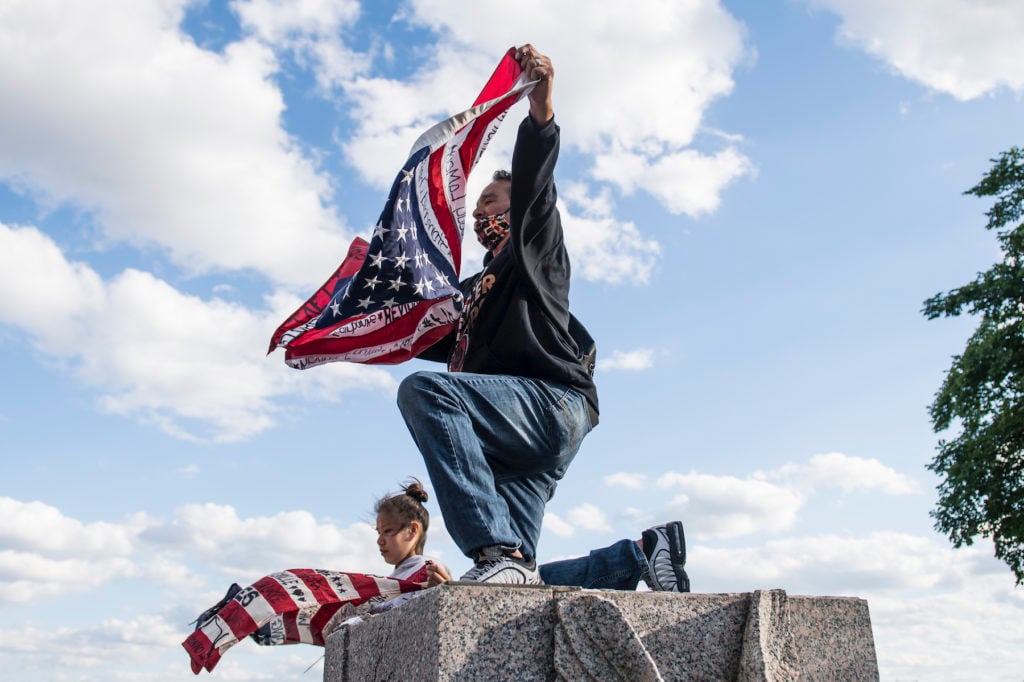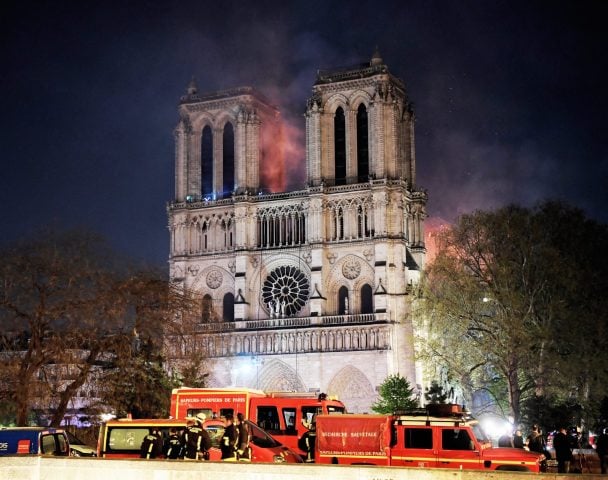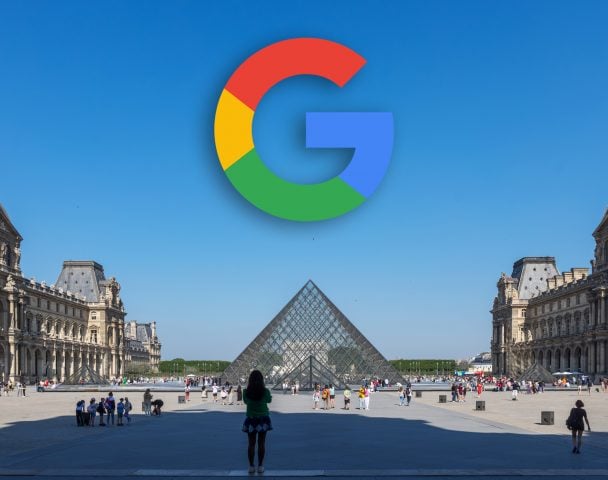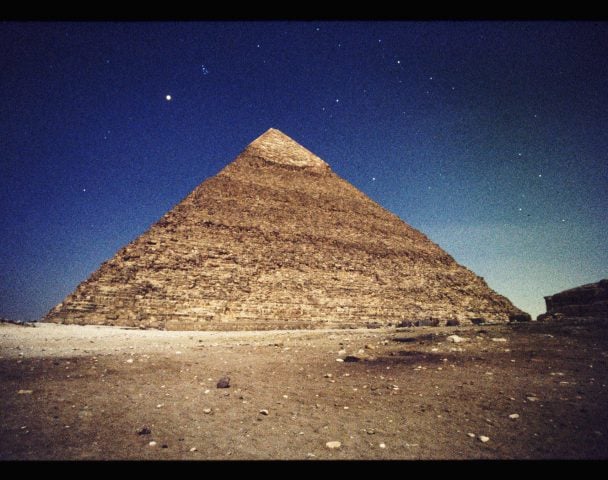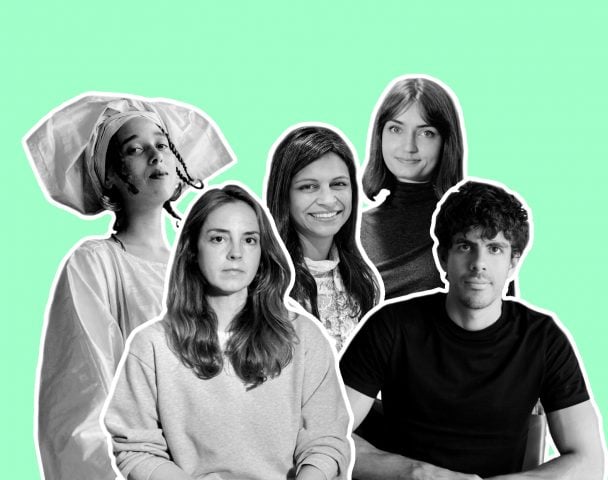Every Monday morning, Artnet News brings you The Gray Market. The column decodes important stories from the previous week—and offers unparalleled insight into the inner workings of the art industry in the process.
This week, watching the “global” art market splinter because of those unconcerned…
EUROTRIPPING NO MORE
On Tuesday, the New York Times reported that public-health risks have pushed the European Union to the brink of barring would-be travelers residing in the US from entry once its member nations reopen their borders on July 1. Although the ban had not been made official by publication time, its implementation would be another blow to the international ideals of the 21st century art business, as well as a jarring practical challenge to an American art business used to ruling the global market.
As a reminder, except in rare cases of repatriation or “essential” travel, the EU sealed itself off from all foreign visitors in March—the same month the US revoked entry privileges for travelers inbound from the EU. Since that time, however, the EU and US have embarked on wildly different itineraries in the realm of public health.
The European Center for Disease Control stated in its most recent weekly report that the number of newly afflicted EU and UK residents had dropped 82 percent from its early April apex. In contrast, American public-health officials confirmed more than 39,000 new cases of coronavirus nationwide last Thursday, marking the largest single-day tally yet. The record largely came courtesy of surges in Florida, Arizona, Texas, and other states President Donald Trump carried in the 2016 election, where many residents have rejected mask-wearing and social-distancing guidelines as leftist propaganda and violations of personal liberty. Even more troubling, the director of the US Center for Disease Control warned the actual nationwide spread was likely 10 times higher than the test load indicates.
This kind of disturbing data has reportedly landed Trump’s America on the EU’s pending travel blacklist among such dubious public-health company as Russia and Brazil. Meanwhile, countries including Cuba, Uganda, and Vietnam have proven medically responsible enough for their residents to pack their bags for vacations or business trips anywhere in continental Europe circa July 1. No disrespect to the latter three nations—just saying that the self-proclaimed “greatest country in the world” hasn’t exactly covered itself in glory here.
Now, the Times emphasized that the EU’s banned lists will be reviewed every two weeks, so in theory the exclusions could be extremely temporary. Based on current transmission rates, however, it doesn’t appear that residents of the US will be Europe-bound anytime soon. For an art market still dependent on in-person sales and networking, that could amplify exactly the kind of regional insularity that the industry hasn’t seen since art fairs were a largely optional endeavor for private dealers.
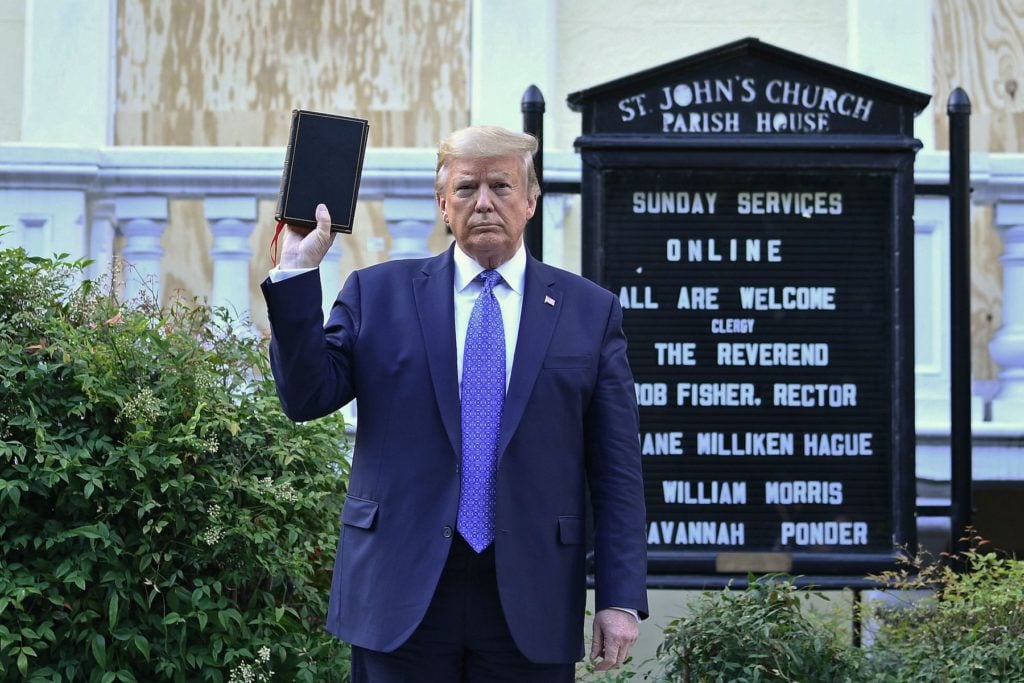
US President Donald Trump holds up a Bible outside of St John’s Episcopal church across Lafayette Park in Washington, DC, on June 1, 2020. Photo by Brendan Smialowski/AFP via Getty Images.
AMERICAN EXCEPTIONALISM
Let’s be clear: even though some professionals in the arts (including me!) would rather adopt a feral hog than endure another season of a “very online” art calendar, even a summer-long EU travel ban would not prevent US players from doing some amount of business overseas. Still, setting aside heavyweight galleries operating permanent locations in continental Europe (see: Gagosian, Zwirner, et al), any restriction on international flights makes it more likely that stateside pros will pivot to local and regional concerns with something close to full wind-tunnel intensity.
I’m already on record saying that I don’t think we’re going to see any legitimate international art fairs for the rest of the year. It’s entirely possible I’ll be wrong about that if the EU’s public-health progress holds into the fall. But if so, dealers, collectors, and artists based exclusively in the US won’t be participating without some late-breaking miracle. Same story if any biennials or other major international exhibitions try to proceed in the EU in the second half of 2020. Instead, the bulk of US market activity will have to take place either over the internet or in an inadvertently nativist stateside art economy.
On the surface, this might sound like a retread of the lockdown-induced resurgence of regionalism that I pondered in this column a few months ago. But back then, I envisioned an art market where every individual continent, if not every individual country and city, would be forced to turn inward by the crisis. The EU’s looming travel ban of American residents would lead to something substantively different: an art industry where every major market except the US could move toward normalcy.
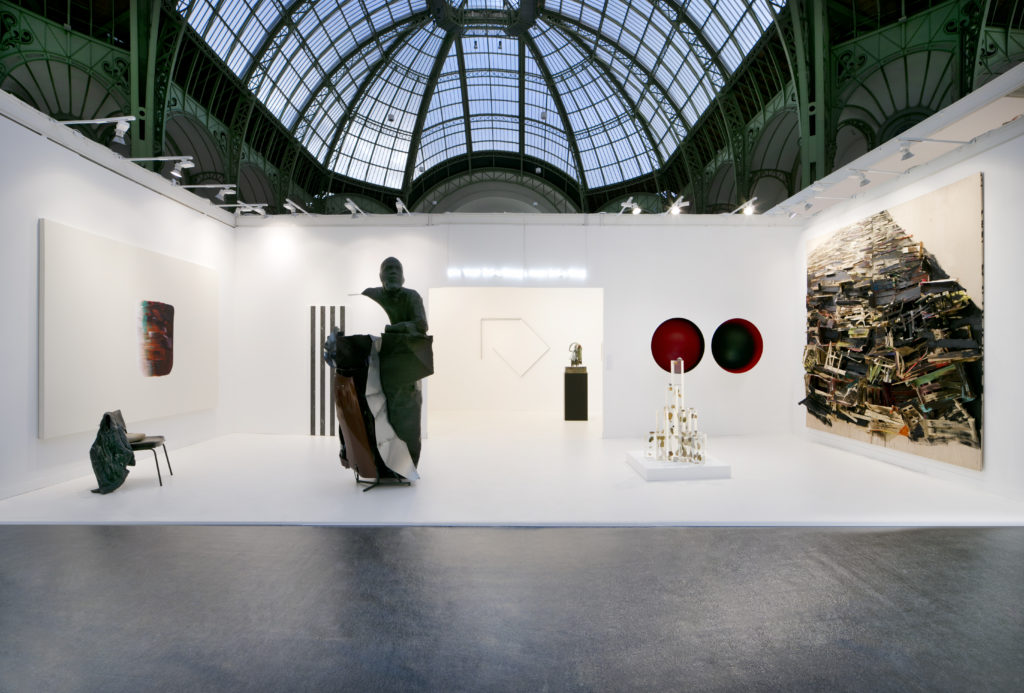
Kamel Mennour’s booth at FIAC 2019. Courtesy the artists, Studio Morellet, and Kamel Mennour, Paris and London.
Based on the draft lists reviewed by the Times, travelers from China will have full access to the EU when the bloc reopens. It’s not clear from what I’ve read whether would-be visitors from Great Britain will be welcomed. But if so, that would mean two of the perennial top three art markets (China and the UK) could be in full contact with continental Europe, which contains the next several liveliest national markets—all while the US looks on from afar. Despite my contrarian nature, I’m having a hard time imagining how that translates into anything positive for American art professionals of any kind.
The grand irony here is that New York, the center of the US art industry, has done its part to flatten the curve. Regularly defined as the crisis’s national—and perhaps even global—epicenter a few months ago, the Empire State reduced its weekly number of new cases by nearly 1,700 percent between its early April peak and last week.
But you can’t blame everything on America’s Republican strongholds, either. California, the second most consequential hub of the US art economy, was among the states that reached grim record highs entering the final week of June. And lest you think that was the fault of the states’s redder-than-outsiders-realize suburban and rural sectors, one of the worst offenders was Los Angeles County, which appears to be trying its damnedest to revive in New Yorkers the sense of urban superiority not widely felt in the city since the Bloomberg administration.
Despite New York’s progress, one state can’t change the rest of the world’s opinion about the US as a whole. (It also remains to be seen whether New York will maintain its bright-spot status as the state ramps up the reopening process.) More importantly, the American art business is still a niche within a niche, and its denizens are not going to win any special considerations from government officials here or abroad.
For now, then, this reality places buyers, sellers, and other professionals based in the US at a disadvantage they’re powerless to correct as their international competitors regain strength. And as is so often the case in the “global” art market, the reason has nothing to do with art itself—and everything to do with political culture.
[The New York Times]
That’s all for this week. ‘Til next time, remember: there’s no better confirmation that someone is not paying attention than if they say with a straight face, “We’re all in this together.”
